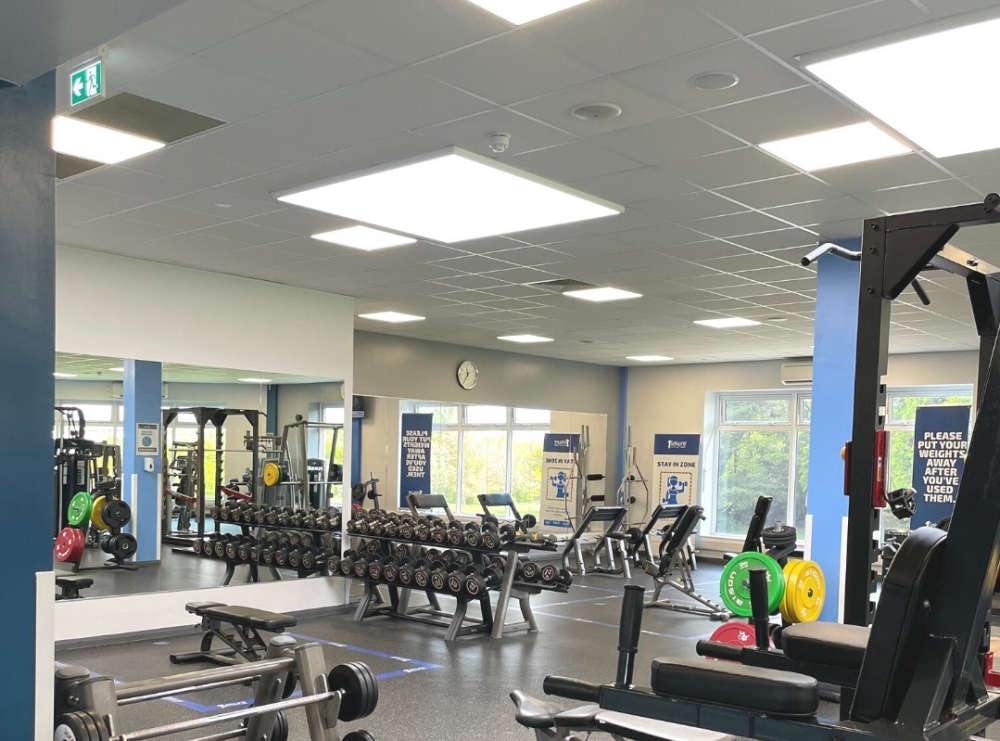
As energy bills soar and footfall at leisure centres drops, the Isle of Wight Council is facing a more than £1 million hole in its budget.
At the end of June, the council was estimating a £1,135,00 deficit in its leisure centres budget if things continued in the way they were until March 2023.
Cllr Chris Jarman, cabinet member for strategic finances and corporate resources, told the council’s corporate scrutiny committee earlier this month the cost pressures, however, have since accelerated.
The council was unable to provide the more recent figures with those for the month ending August 2022 being worked on.
To deal with the increasing financial pressures, the authority has brought forward savings and used the part of the £14.2 million Covid contingency fund it set aside to fill the gaps in finances caused by the pandemic.
However, Cllr Jarman said those were only short-term fixes and they could not continue to fund it like they were.
He said the council needed to find either a more strategic way of funding them, seek money from the government or restructure.
This time last year, the council was predicting nearly £1.3 million would be lost due to the impact of Covid on its leisure centres but that was able to be stopped.
According to the draft accounts for the council’s last financial year, the authority was able to bank £284,000 instead, due to savings made in staffing costs and support provided for Covid-related income losses.
Council figures show the number of One Cards, giving unlimited access to its sports and leisure facilities, had steadily increased in recent months following the lifting of Covid restrictions but was still not at the same level as before the pandemic.
Compared to June 2019, June 2022 had 2,307 fewer memberships, but still had four times as many users than those in June 2021, when restrictions were in place.
A council spokesperson said the financial pressures show the pace of recovery from the pandemic is slower than anticipated.
Increased utility costs are also impacting the budget, with contracts starting in 2022/23 seeing a 350 per cent increase in electricity costs and 500 per cent in gas over a year.
Leisure centres have recently undergone work to reduce carbon emissions and utility consumption and have seen solar panels installed.
LED lighting, air-source heat pumps, a new building management system and high-efficiency circulation pumps have been installed.
They said it is too early to work out how much money has been saved.
The performance of the centres — at Medina in Newport, Westridge and The Heights in Sandown — is being constantly reviewed.
Steps are being taken to minimise expenditure and maximise usage and income, through One Card promotions.

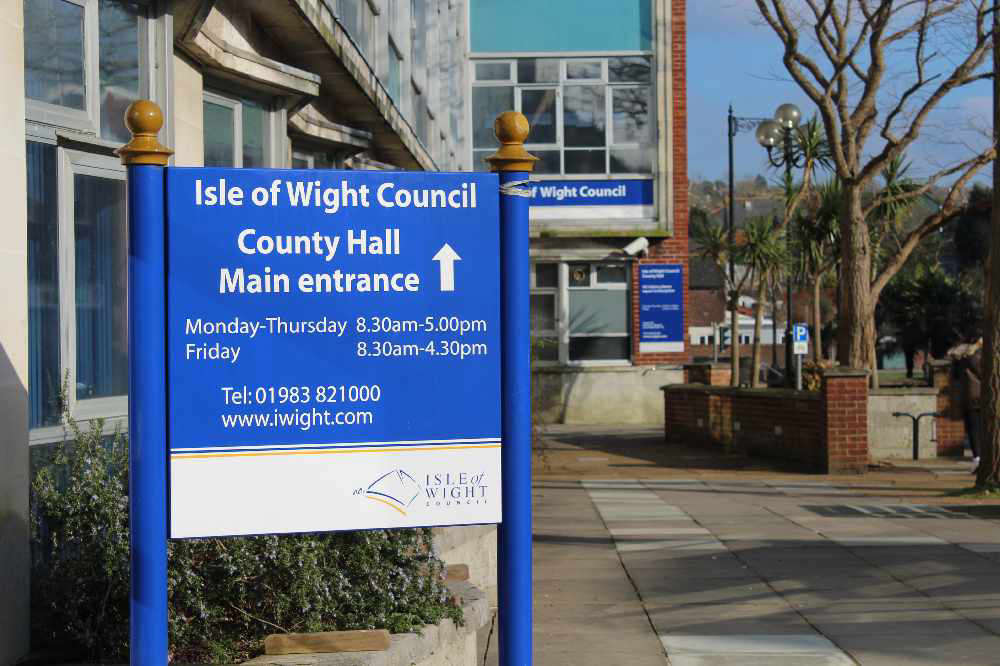 Councillor Accuses County Hall Planners Of "Intransigence" In "Correctly" Applying Planning Law
Councillor Accuses County Hall Planners Of "Intransigence" In "Correctly" Applying Planning Law
 Cabinet Asked Whether School Closure Plans Are "Truly Financially Viable"
Cabinet Asked Whether School Closure Plans Are "Truly Financially Viable"
 G4's Mike Christie To Release Walk The Wight Song In Aid Of Mountbatten
G4's Mike Christie To Release Walk The Wight Song In Aid Of Mountbatten
 Victorian Society Objects To 'Needlessly Damaging' Proposals For Isle Of Wight Church
Victorian Society Objects To 'Needlessly Damaging' Proposals For Isle Of Wight Church
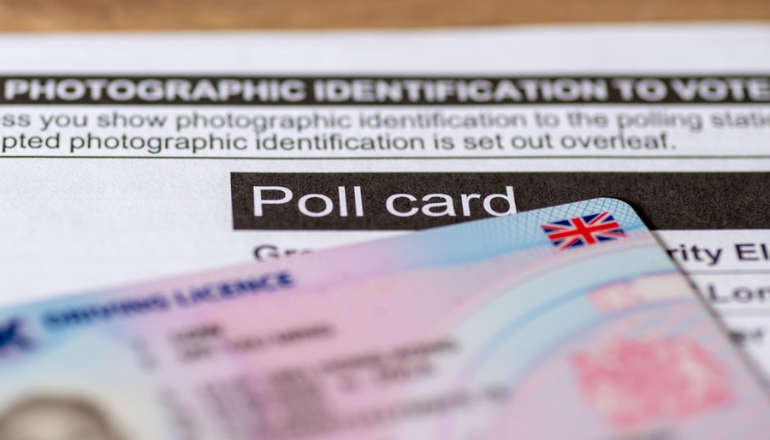 Isle Of Wight Council By-Election Likely To Be Held In May
Isle Of Wight Council By-Election Likely To Be Held In May
 Council Opens Enforcement Case In Response To Developer's "Alleged Breach Of Planning Controls"
Council Opens Enforcement Case In Response To Developer's "Alleged Breach Of Planning Controls"
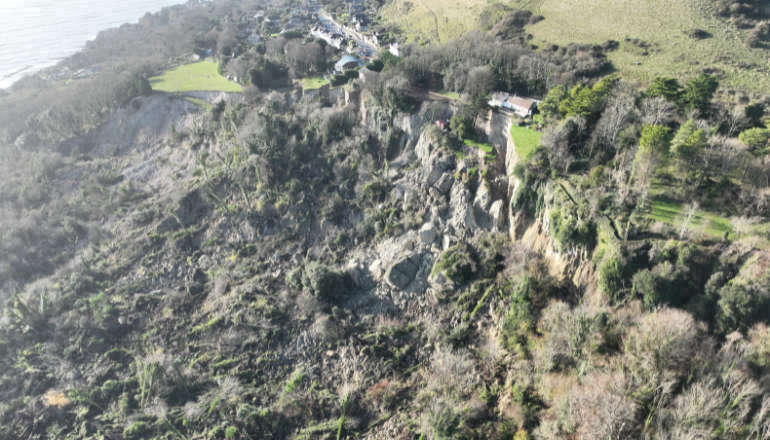 Find Out How Council's £600,000 Leeson Road Investment Will Be Spent
Find Out How Council's £600,000 Leeson Road Investment Will Be Spent
 Police Teams Head To Ryde Hostel As Ongoing Investigations Gather Momentum
Police Teams Head To Ryde Hostel As Ongoing Investigations Gather Momentum
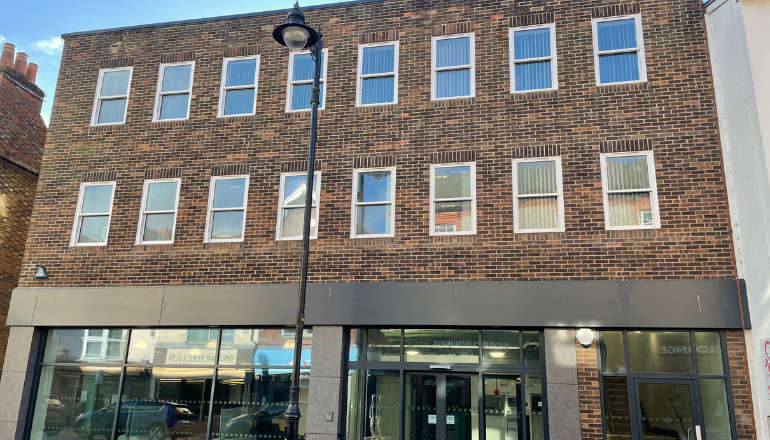 New High Street Health And Wellbeing Centre To Open In Newport
New High Street Health And Wellbeing Centre To Open In Newport
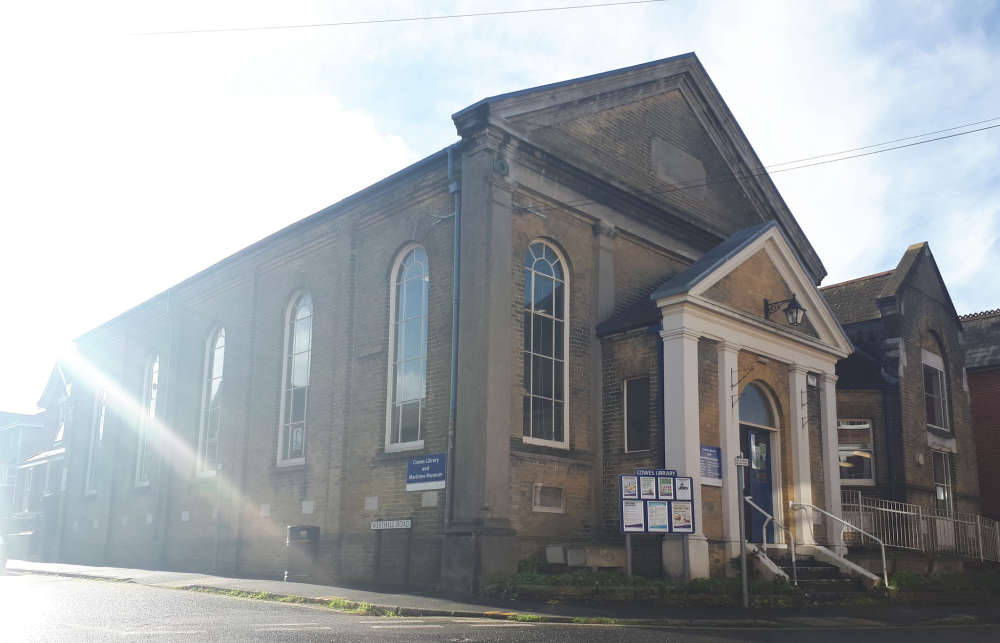 Cowes Library Set To Undergo Building Works To Improve Accessibility
Cowes Library Set To Undergo Building Works To Improve Accessibility
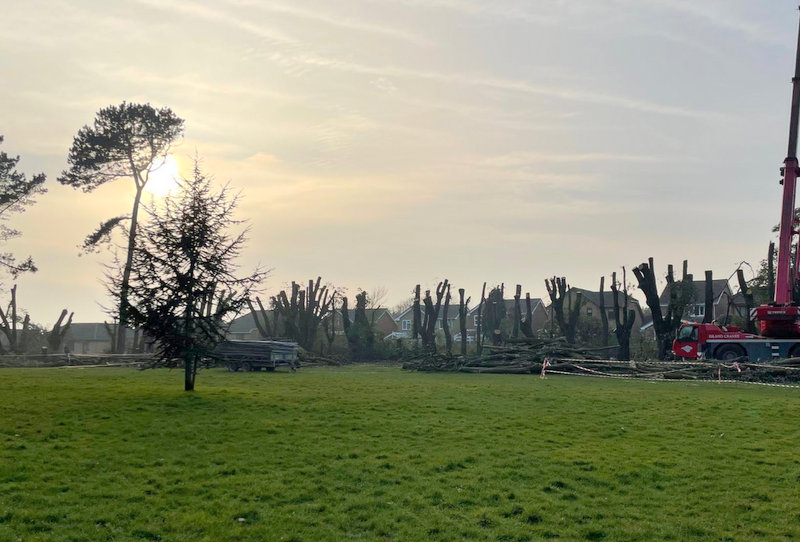 Isle Of Wight Park Could Be Upgraded As Part Of Council Works Scheme
Isle Of Wight Park Could Be Upgraded As Part Of Council Works Scheme
 Enquiries Continuing At Ryde Residential Address Following Death Of 45 Year-Old Man
Enquiries Continuing At Ryde Residential Address Following Death Of 45 Year-Old Man
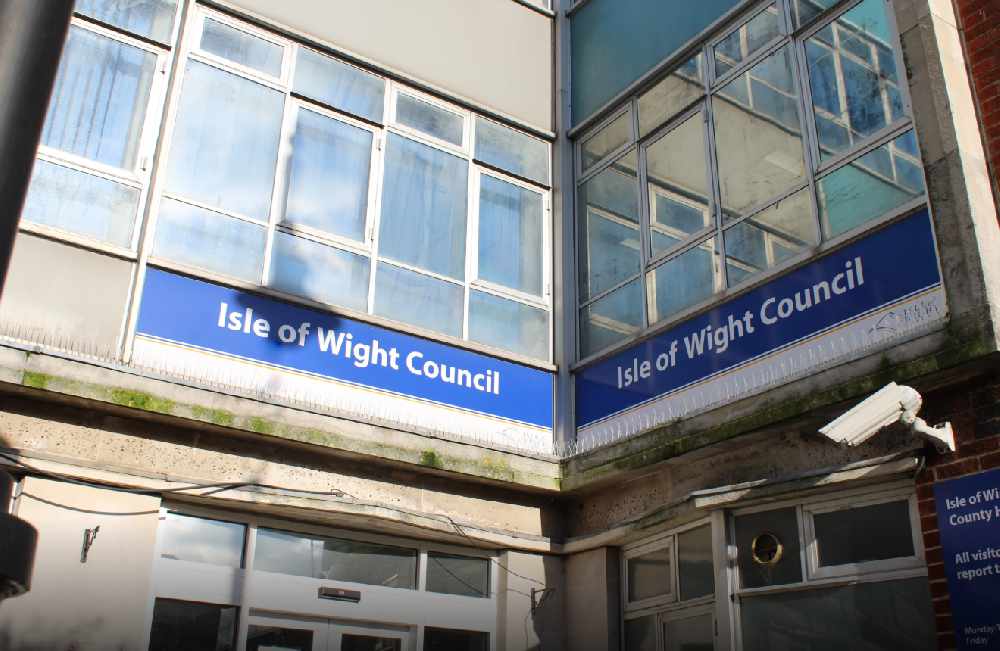 "Treated Shamefully": County Hall Watchdog Lashes Out At Cabinet
"Treated Shamefully": County Hall Watchdog Lashes Out At Cabinet
 Residents And Councillors Rally Against 20-Metre 'Eyesore' Telecoms Mast
Residents And Councillors Rally Against 20-Metre 'Eyesore' Telecoms Mast
 Unions To Hold Indicative Strike Ballots Over 'Potentially Catastrophic' School Closure Plans
Unions To Hold Indicative Strike Ballots Over 'Potentially Catastrophic' School Closure Plans
 Bob Back On The Job: Former MP Seely Returns To Politics With Freshwater Parish Council
Bob Back On The Job: Former MP Seely Returns To Politics With Freshwater Parish Council
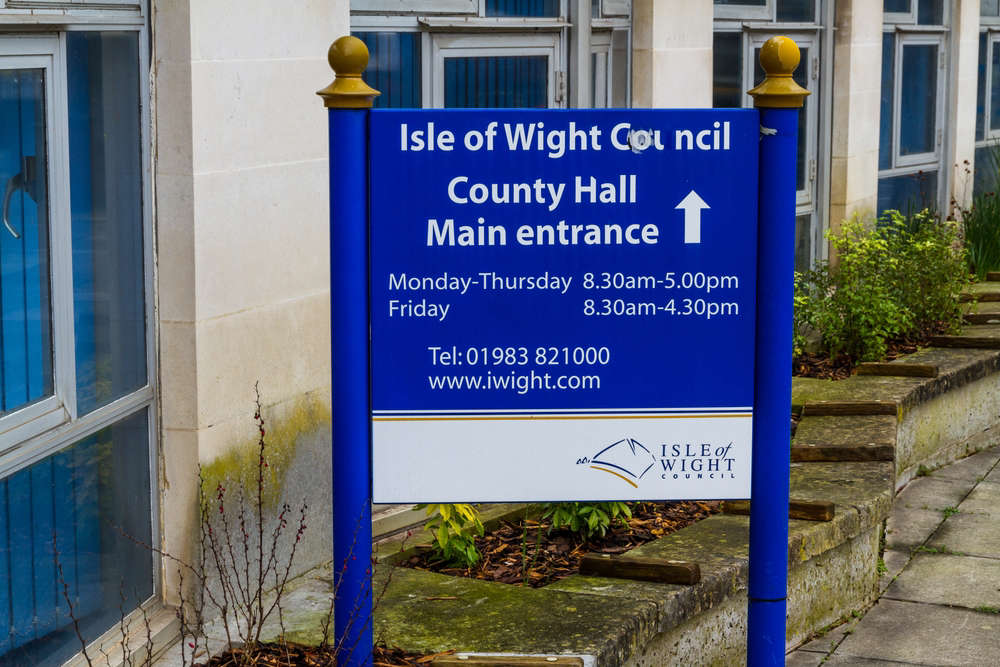 Major Investment To Transform Adelaide Care Home In Ryde
Major Investment To Transform Adelaide Care Home In Ryde
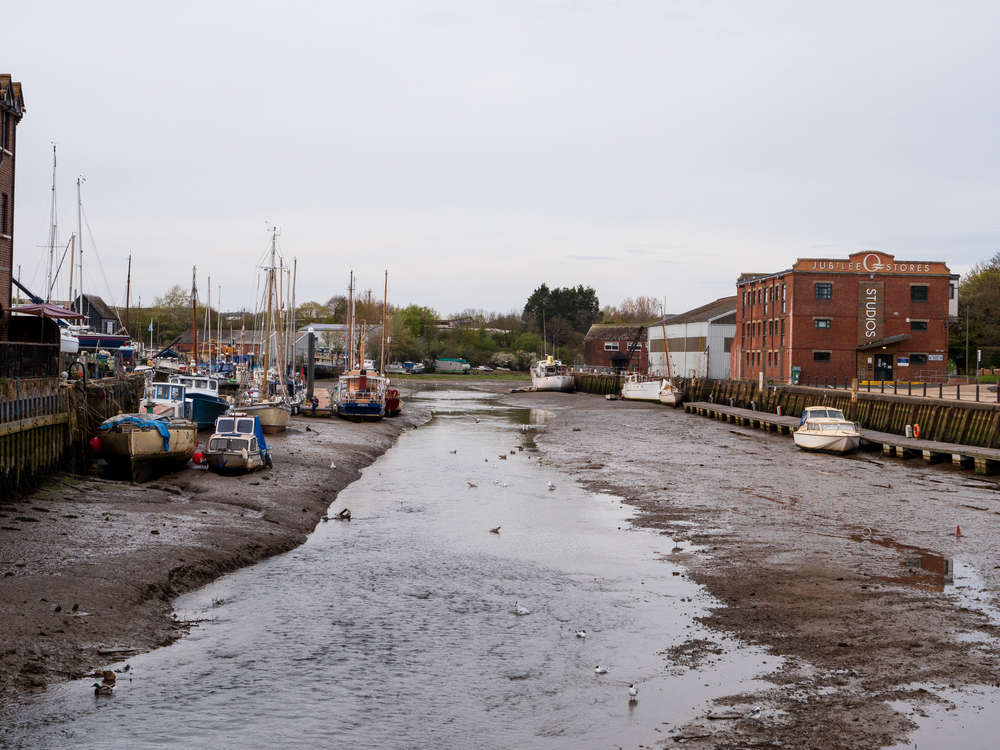 Call To Honour Island Heroes Of Dunkirk With Newport Harbour Memorial Cairn Given Green Light
Call To Honour Island Heroes Of Dunkirk With Newport Harbour Memorial Cairn Given Green Light
 MP Joe Robertson Hosts Round Table Discussion On Safer Phones
MP Joe Robertson Hosts Round Table Discussion On Safer Phones
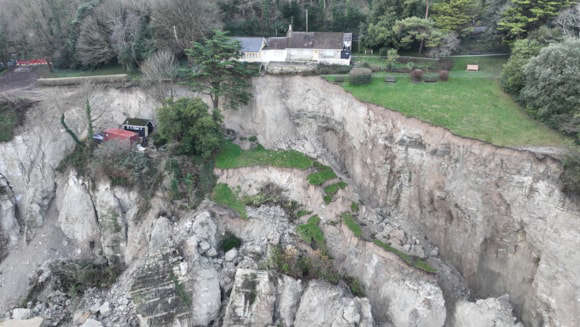 New Coordinator To Support Vulnerable Communities Affected By Landslides And Coastal Erosion
New Coordinator To Support Vulnerable Communities Affected By Landslides And Coastal Erosion


